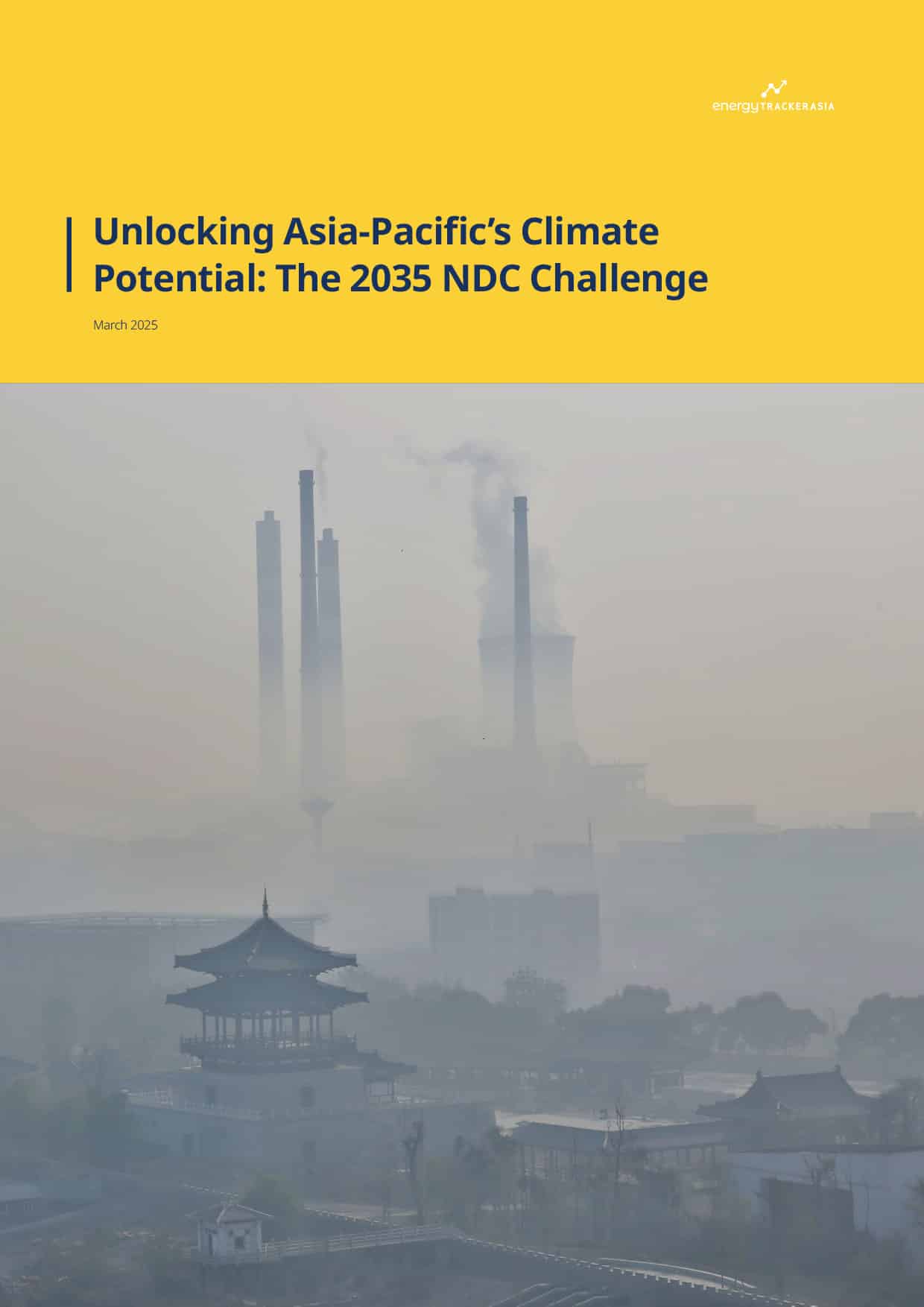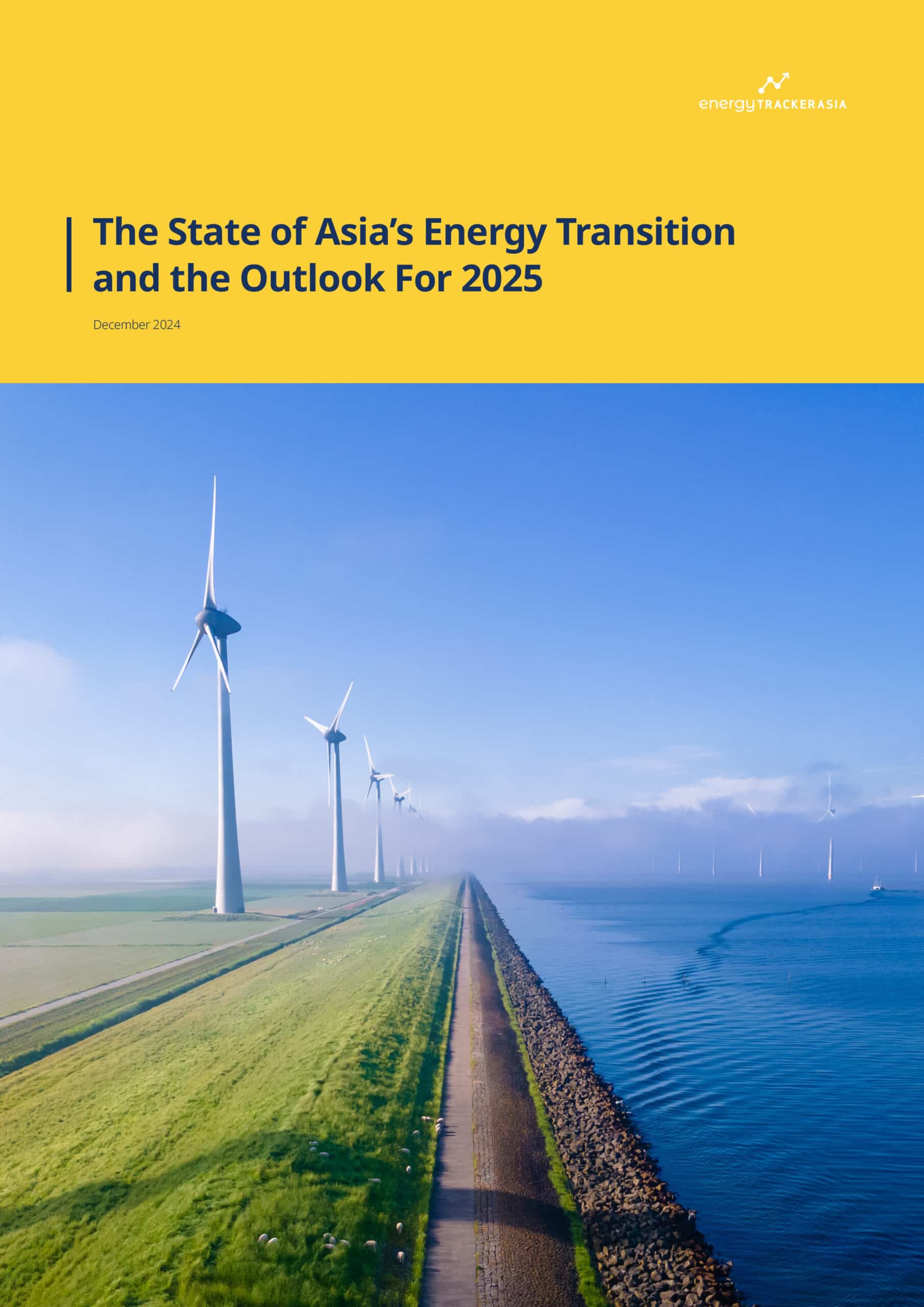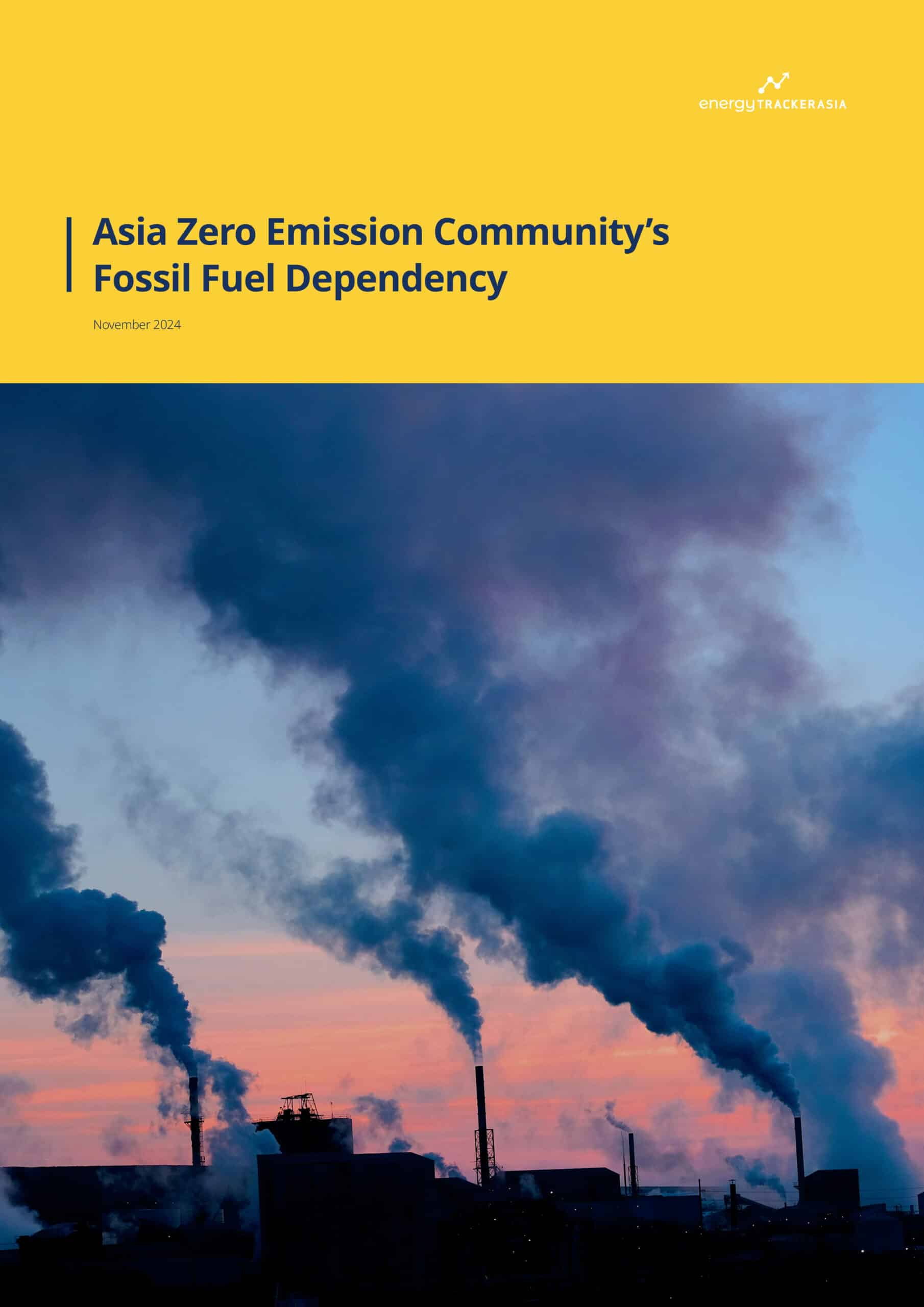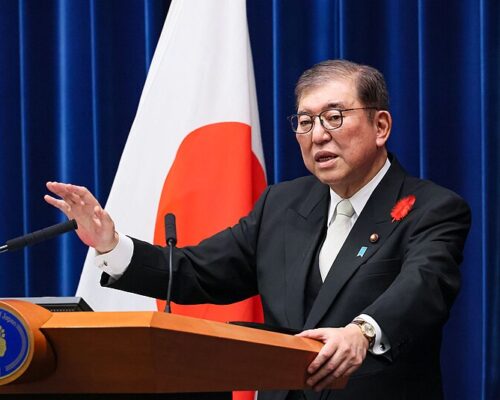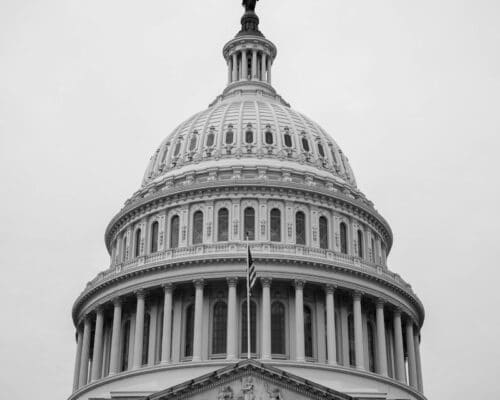COP30 Outcomes: Takeaways from the UN Climate Talks in Brazil
Source: UNESCO
24 November 2025 – by Eric Koons
The COP30 outcomes will have real impacts across Asia and give a clear picture of where global climate action stands. Held in Belém during November 2025, COP30 arrived after back-to-back record-breaking years of global heat and a decade of missed targets. For governments, utilities and investors, the question now is simple: did the deal in Brazil really move the dial on moving away from fossil fuels and scaling up clean energy, or just buy more time?
COP30 Brazil Climate Change Conference: From Stormy Politics to a Fragile Deal
COP30 Brazil opened in a world where 2024 was confirmed as the warmest year on record, about 1.55°C above pre-industrial levels, the latest in a 10-year run of record heat and extreme events. That context raised the stakes for what the Brazilian president called the “COP of Truth”. According to the UN weather agency, 2015 to 2024 are now the 10 hottest years ever recorded, which means the margin for keeping 1.5°C “within reach” is thin and shrinking fast.
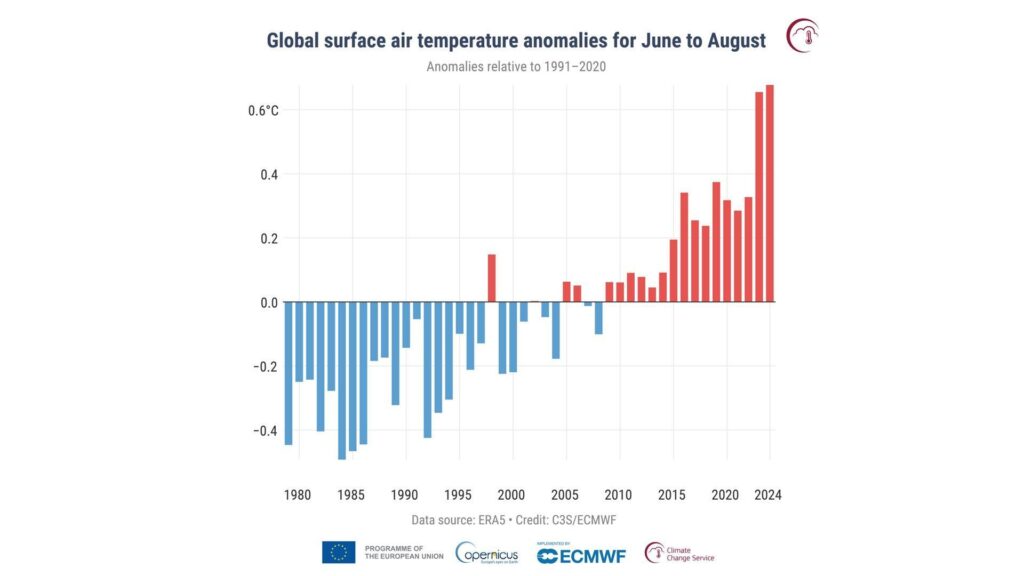
What The Final Text Tries to Do
The core COP30 outcome is the “Global Mutirão” cover decision. It is a response to the first Global Stocktake, which ended at COP28, and aims to mobilise all actors around faster mitigation, adaptation and finance. The decision text reaffirms 1.5°C, calls for stronger 2035 NDCs to meet climate crisis urgency and launches new work on finance, transparency and a just transition.
However, significant gaps define the text. The deal avoids any binding fossil fuel phaseout schedule and pushes many thorny finance choices into future processes. Media, civil society groups and expert reactions have been split between the relief that multilateralism held, and the frustration that the outcome lags behind the pace of climate impacts.
Fossil Fuel Phase-out at COP30 2025
Over 80 countries arrived in Belém calling for a negotiated roadmap to phase out fossil fuels, building on COP28’s pledge to “transition away” from coal, oil and gas. Yet, the final Mutirão decision drops explicit language on a fossil fuel phaseout roadmap after pushback from major producers and contributors to global warming, including Saudi Arabia and Russia. The text instead “recognises” the need to reduce unabated fossil fuel use and references energy transitions in general terms.
Generally, coal and gas projects depend on long asset lives, so the absence of a clear multilateral timeline provides short-term breathing room. However, it does not erase growing transition risk as markets and domestic policies tighten.
Just Transition Mechanism Promises Without Detail
Brazil positioned a just transition as a core theme, and the Mutirão decision launches work on a “Belém Mission to 1.5” to support more ambitious NDCs and national adaptation plans into the 2030s. Yet, details on social protection, worker support and fossil-dependent regions are thin and largely voluntary.
This reflects deeper battles over who should pay for the phaseout of coal and gas in emerging economies, including across Asia. The risk is that governments keep promising higher NDC ambition while defending new fossil fuel buildout at home, widening the gap between international rhetoric and domestic planning.
Clean Power Implementation Moves Ahead
If the political signal on fossil fuels was soft, the implementation signal on clean power was sharper. In the COP30 Action Agenda, the Utilities for Net Zero Alliance (UNEZA) and partners committed to mobilise around USD 148 billion per year by 2030 for renewable energy, grids and storage, with a focus on emerging markets.
This reinforces the ongoing economic trends in clean energy. The International Energy Agency (IEA) expects global clean energy investment to hit about USD 2.2 trillion in 2025, roughly double the amount for fossil fuel investment. This is a reassuring sign for utilities and energy companies and should further support larger renewable energy investments.

Efficiency, Fuels and Industrial Decarbonisation
COP30 also pushed efficiency and heavy industry further up the agenda. At the climate summit, Mission Efficiency launched its Plan to Accelerate Doubling Energy Efficiency (PAS). PAS is a coordinated roadmap that brings together 30 partners and over 50 actions to help countries double the global rate of efficiency improvement by 2030 through policy frameworks, training and investment pipelines.
In parallel, UNIDO and partners unveiled the Belém Declaration on Global Green Industrialisation to accelerate net-zero industry. Together with the Belém 4x pledge to quadruple sustainable fuels by 2035, these moves signal that efficiency and cleaner industry are becoming core targets of climate action.
Climate Finance Pledges and Adaptation Finance Gaps
On finance, COP30’s big political outcome is the promise to triple adaptation finance for developing countries by 2035. That sits inside the Baku to Belem Roadmap to 1.3T, which provides a pathway for total climate finance for developing countries to reach at least USD 1.3 trillion a year by 2035.
However, these objectives do have issues. The goal to triple adaptation funding doesn’t have a clear monetary target. Considering the current climate adaptation flows, the amount is far below the more than USD 300 billion that the UNEP’s Adaptation Gap Report estimates is needed.
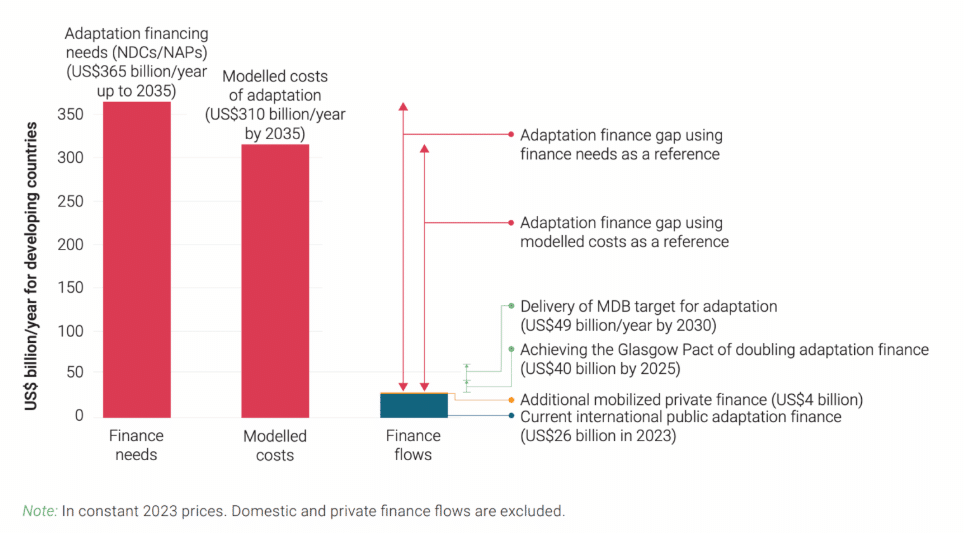
Furthermore, the Baku to Belem Roadmap to 1.3T is not a legal obligation. It sets out levers such as more concessional public finance, new taxes on high-carbon activities and a better use of development banks to close the gap.
Aligning Financial Flows with Climate Goals
Beyond the numbers, parties agreed to continue work on making “finance flows consistent” with low-emissions, climate-resilient development under the Paris Agreement’s Article 2.1(c). COP30 created the Veredas Dialogue, an annual forum to discuss how that goal interacts with traditional climate finance obligations and the broader financial architecture.
Article 2.1(c) is about shifting all capital, public and private, away from high-carbon assets and toward climate-aligned investments. For banks and investors with exposure to coal and gas, this signals growing pressure to price transition risk into lending decisions, even if formal rules are still emerging.
What COP30’s Outcomes Mean for Asia
Growing Risk for Fossil Fuel Development
Even without a formal phaseout roadmap, COP30 pushes fossil fuel risk further into the spotlight. Data already shows that new LNG terminals and gas pipelines in the region face high stranded asset risk as policies, prices and technologies shift. At the same time, analysis shows Asia is leading global clean energy momentum, with countries like India and China cutting fossil power generation while ramping up renewables. Together, these trends make long-life coal and gas projects look like high-risk investments rather than safe baseload.
Why Clean Energy Looks Like the Growth Story
On the opportunity side, COP30 2025 joins growing data that clean energy is increasingly the cheaper option. The International Renewable Energy Agency reports that 91% of new utility-scale renewable capacity added in 2024 was more cost-effective than the cheapest fossil alternative. Supporting this is the fact that wind and solar together generated more power than coal in the first half of 2025.
Research shows that renewables now undercut gas in much of Southeast Asia and could save the region up to USD 160 billion in energy system costs and USD 1.5 trillion in avoided health and environmental damage by 2050. In that light, the COP30 outcomes reinforce a simple idea: capital, technology and international cooperation are lining up behind renewables, grids and efficiency, not more fossil fuel buildout.
COP30’s Mixed Legacy and Clear Direction
Taken together, UN climate change conference COP30 delivered real steps forward on finance and implementation but, once again, avoided a clear roadmap for a fossil fuel phaseout. Adaptation funding was pushed higher on the agenda, the Baku to Belém Roadmap sketched a path towards larger climate finance flows, and Article 2.1(c) plus the Veredas Dialogue nudged the wider financial system toward alignment with the Paris Agreement’s goals. Yet, none of these outcomes guarantee delivery at the speed or scale the science demands.
The lesson is that UN climate talks will not do the heavy lifting, but the direction of travel is set. Fossil fuel heavy portfolios carry rising transition and reputational risks, while renewables, grids, storage and efficiency are where capital, technology and policy are converging. COP30’s legacy is mixed in the short term, but clear in the medium term. Those who double down on clean energy and resilience are most likely to thrive.
by Eric Koons
Eric is a passionate environmental advocate that believes renewable energy is a key piece in meeting the world’s growing energy demands. He received an environmental science degree from the University of California and has worked to promote environmentally and socially sustainable practices since. Eric’s expertise extends across the environmental field, yet he maintains a strong focus on renewable energy. His work has been featured by leading environmental organizations, such as World Resources Institute and Hitachi ABB Power Grids.
Read more